Mining
In 1916, Carbones de San Vicente was created on concessions that had been exploited by the entrepreneur Gaspar Martínez, who died in 1894. The new company sunk a small vertical shaft, but certain technical problems and a poor management made the debts grow. This could only be controlled with a loan from the Asturias miners' union (Sindicato de los Mineros de Asturias, SOMA), which was concerned about the mine workers in a difficult context for coal after the end of World War I.
However, one of the partners, Víctor Felgueroso Figar - son of Constantino, one of the original Felgueroso brothers - made the money disappear. This ended up forcing SOMA to take control of the mine in 1926 and to become its owner a year later.
The experience of workers' self-management at the San Vicente mine shaft is a unique case and a demonstration of how things could have been otherwise. In fact, with the help of Primo de Rivera’s government, the mine paid off its debts, found secure markets for its coal and was able to implement labour improvements in the length of the working day, wages, medical care, coal vouchers, etc.
It also invested in the technological modernisation of a mine that had been decapitalised by its previous owners. A good example is the purchase of an AEG extraction machine in 1929 for 58 000 pesetas. However, all this came to an end with the fall of Asturias into the hands of the rebels.
Thus, in 1938, the mine was seized by the Francoist government, passing first to the national delegation of trade unions (Delegación Nacional de Sindicatos), and in 1957 to a new company, Hulleras del Rey Aurelio S.A. (REYASA). In 1970, HUNOSA acquired the facilities due to the leaks that were occurring in the nearby María Luisa Mine shaft.
Between 1998 and 2000, the facilities of the San Vicente mine shaft underwent an intervention by a school workshop of the foundation FUCOMI. This, together with the opening of an underground communication gallery with the Mining Museum in the following decade, would convert the mine shaft into a workers' movement museum linked to the Mining Museum of Asturias (MUMI). This project is still on hold to become a reality, although the main cross-section has already been incorporated into the museum visit.

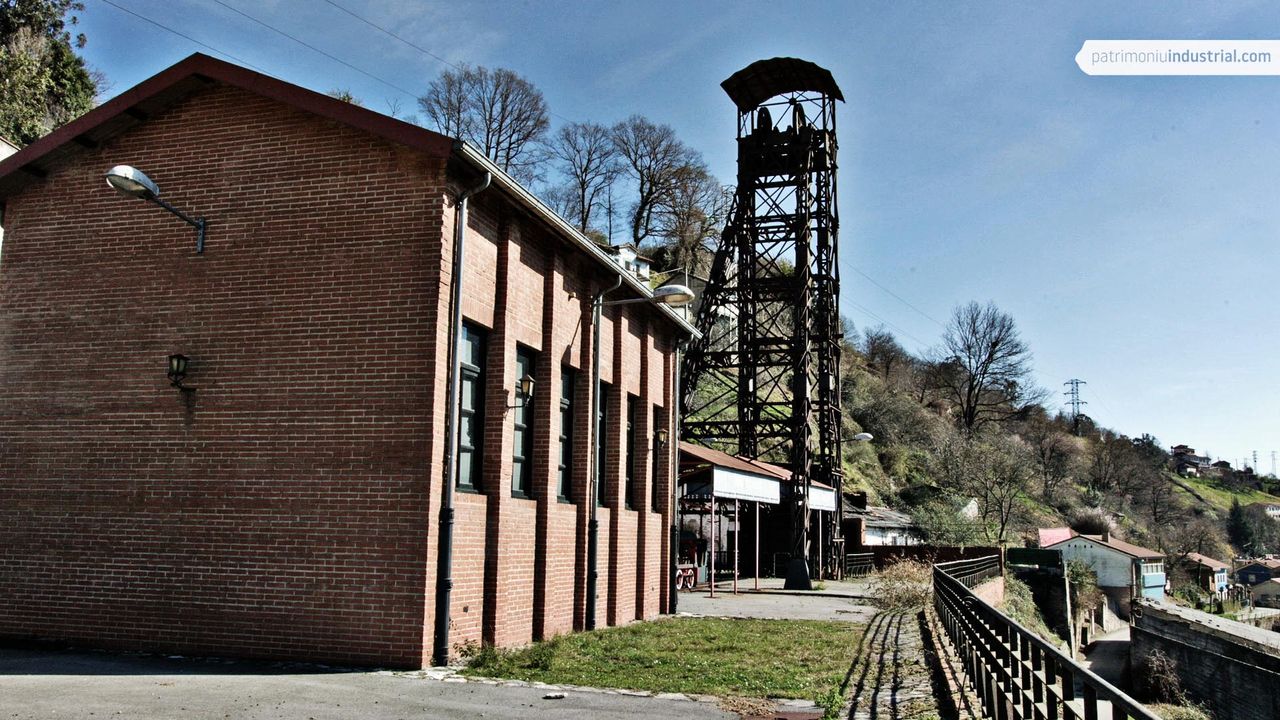
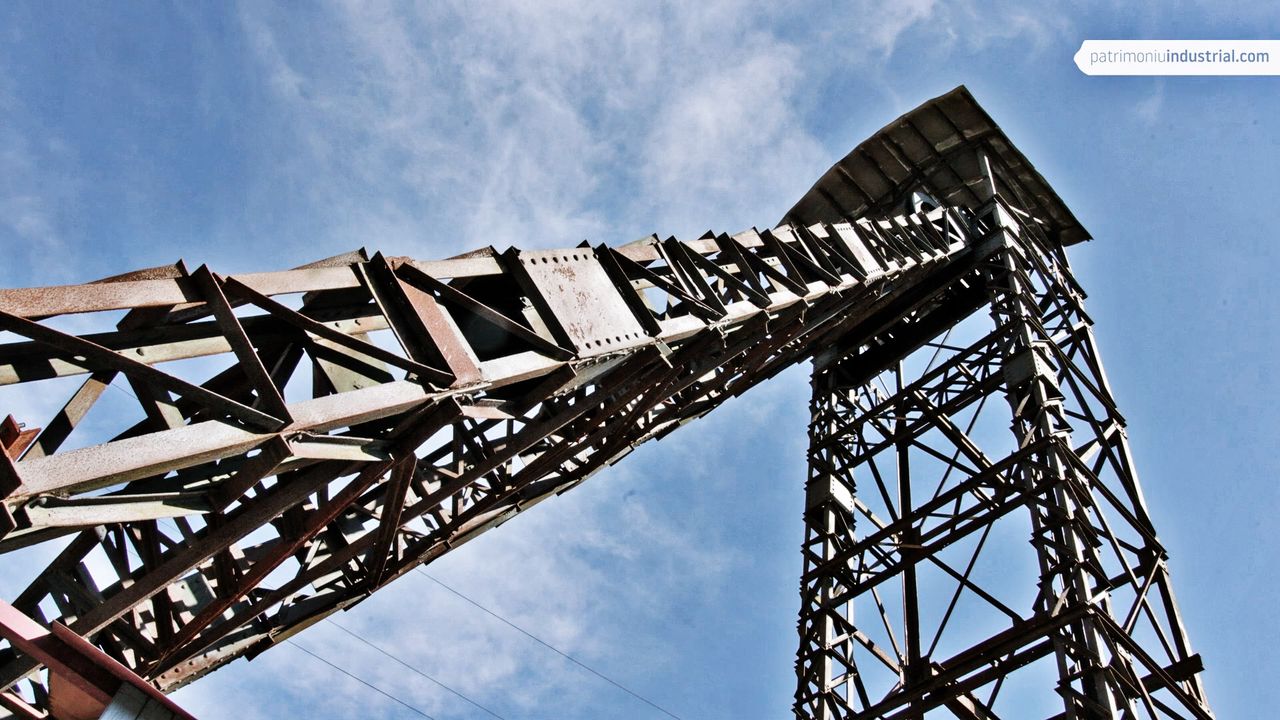
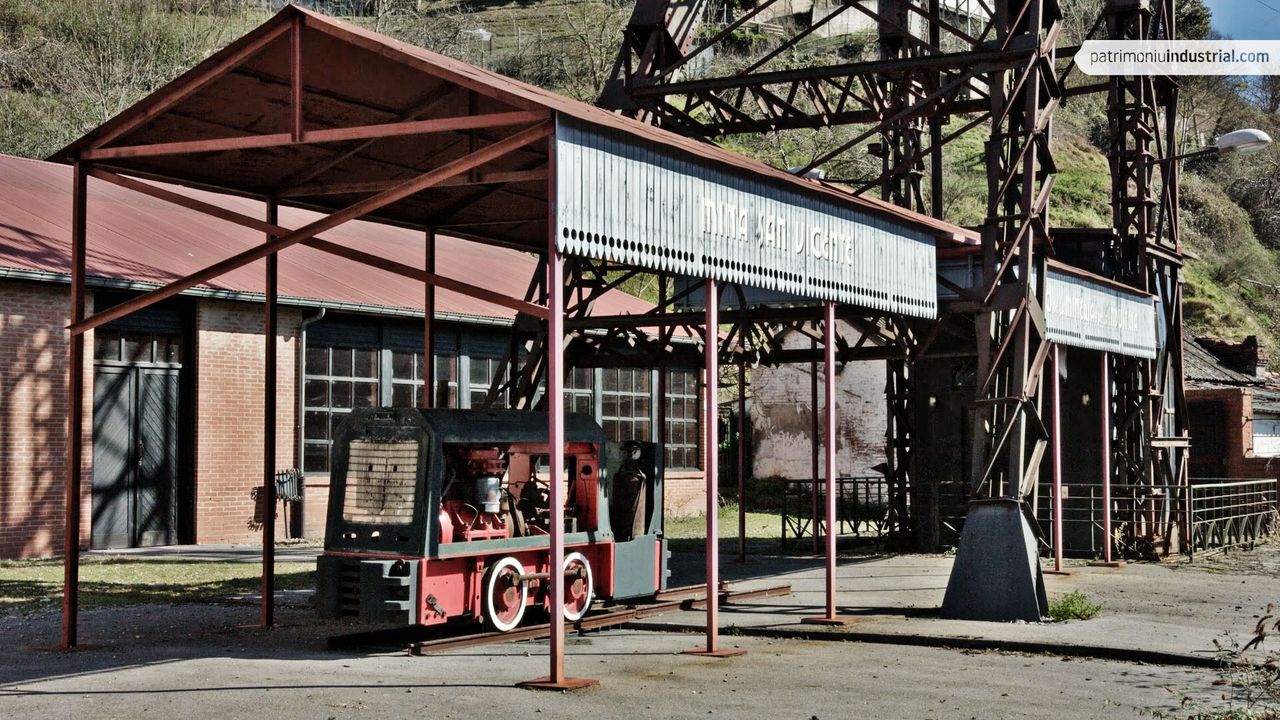
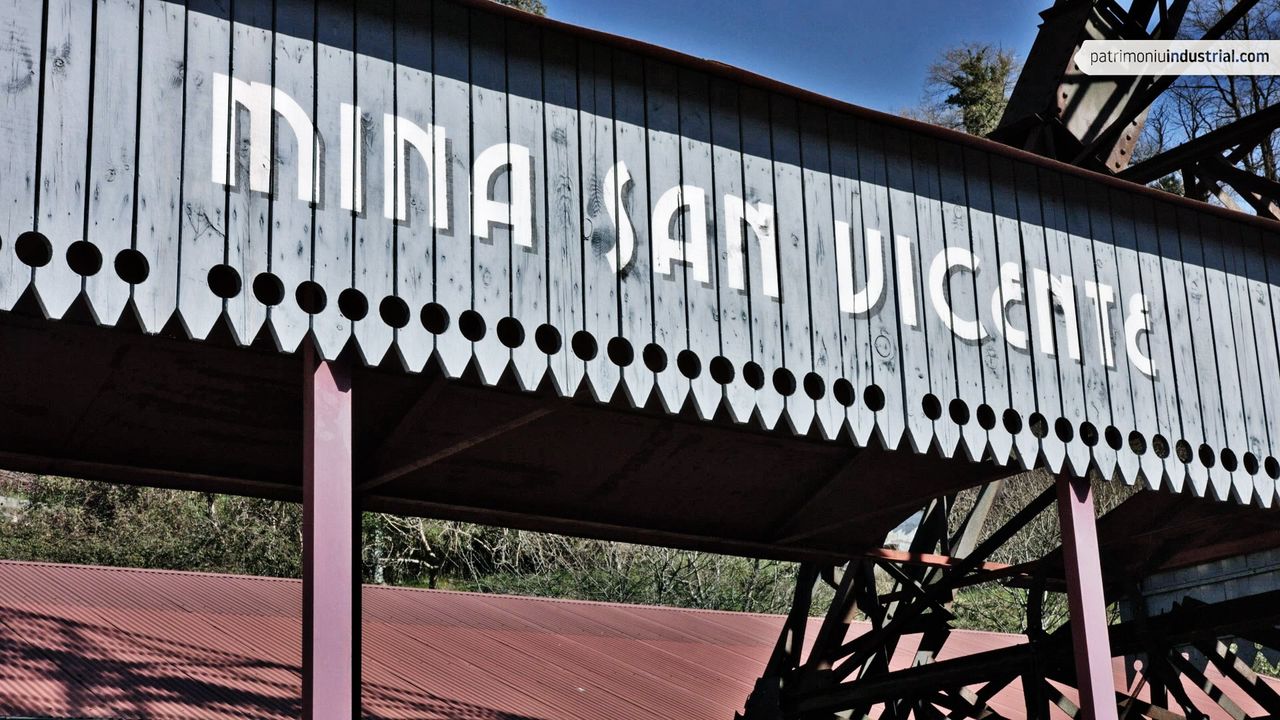
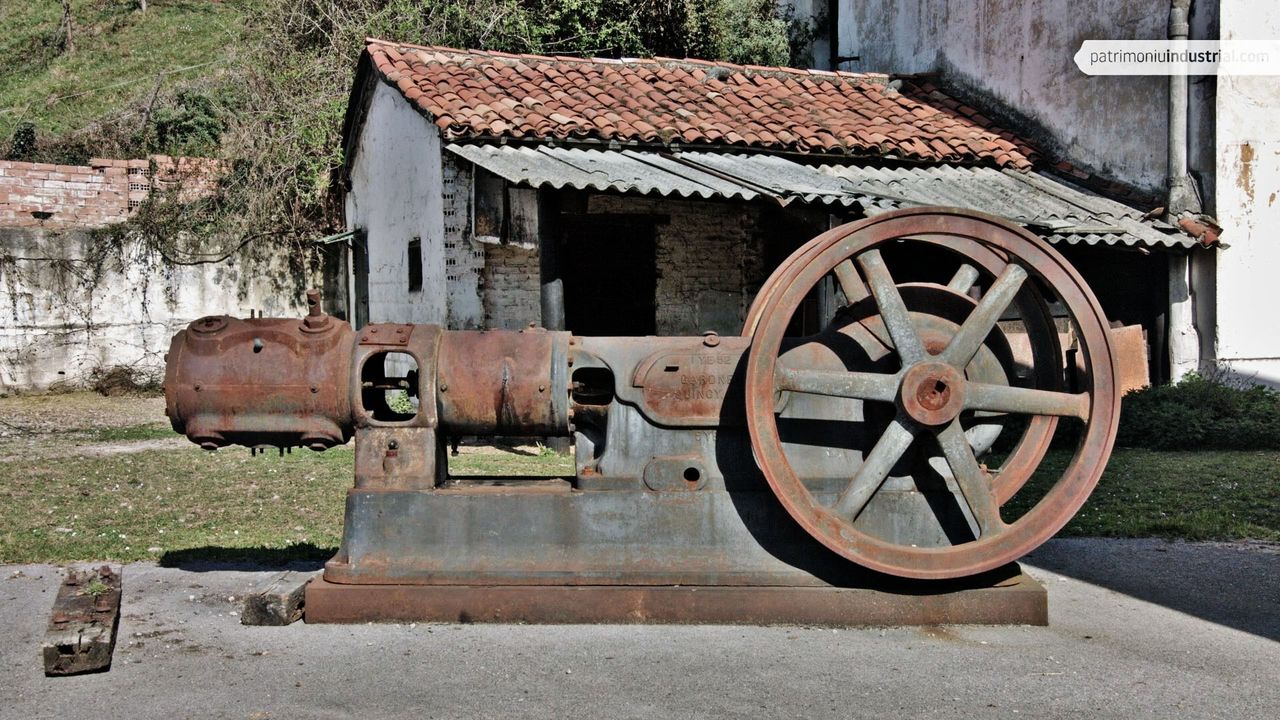
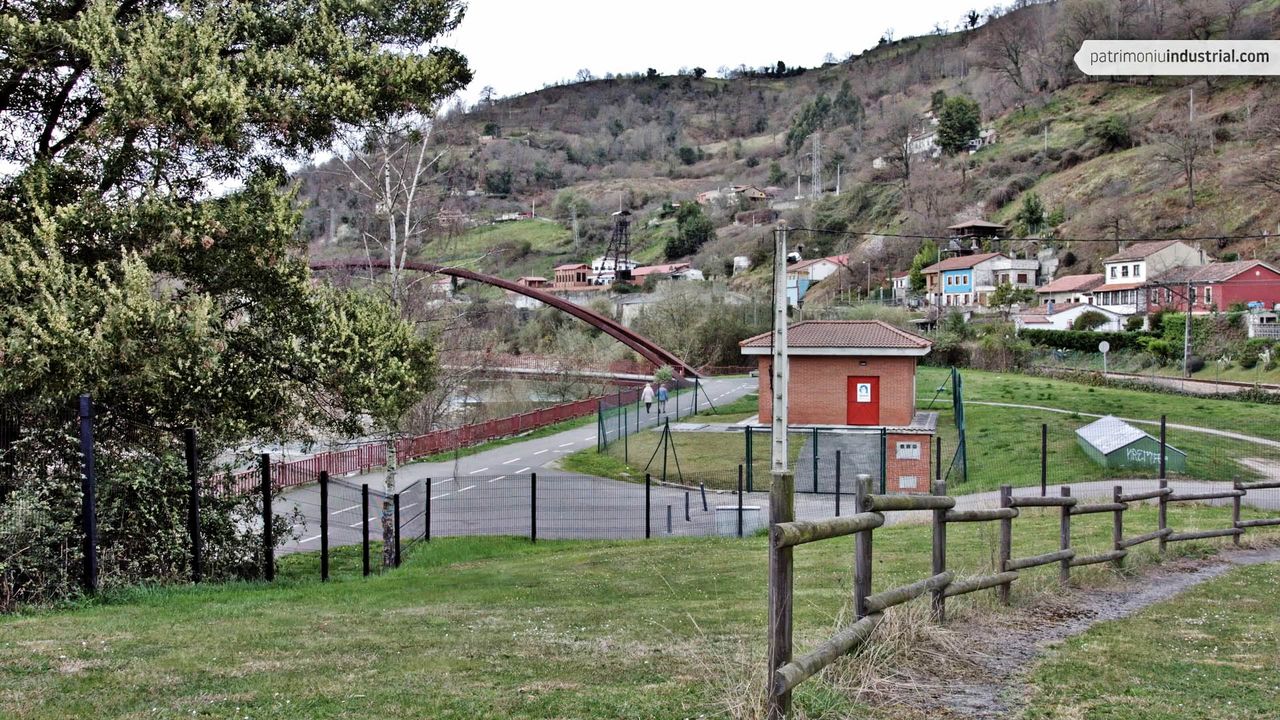
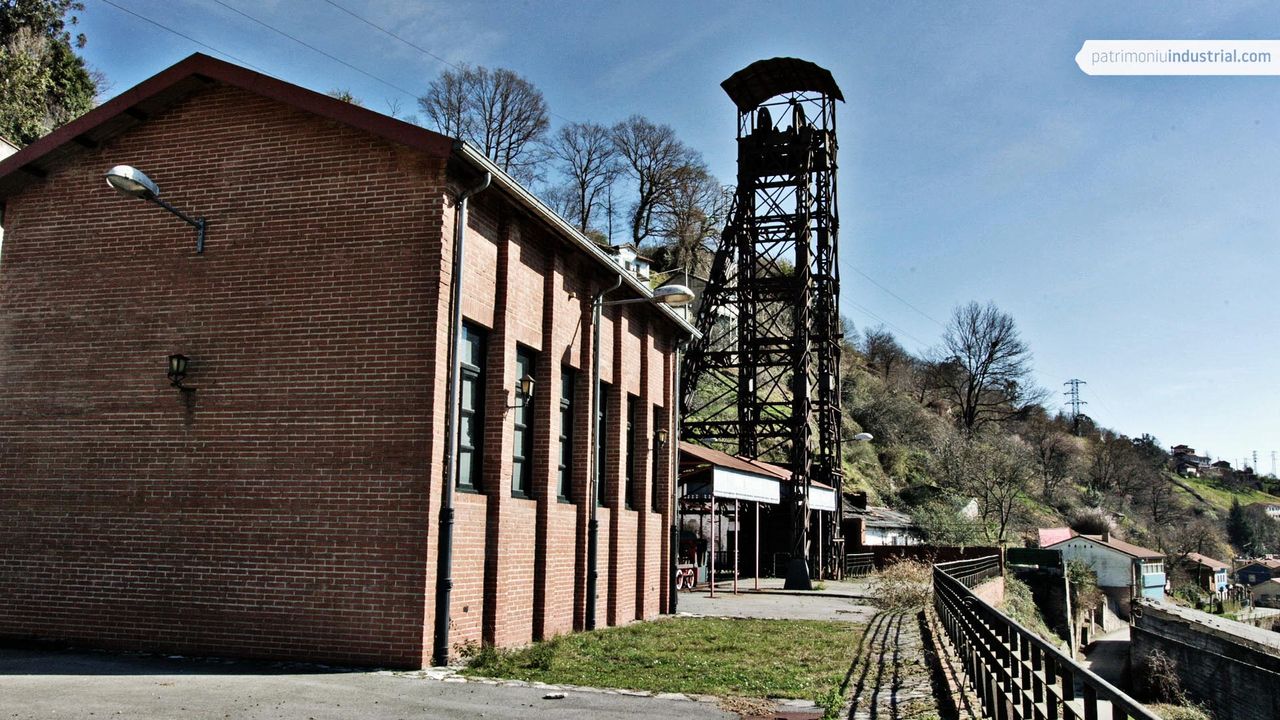
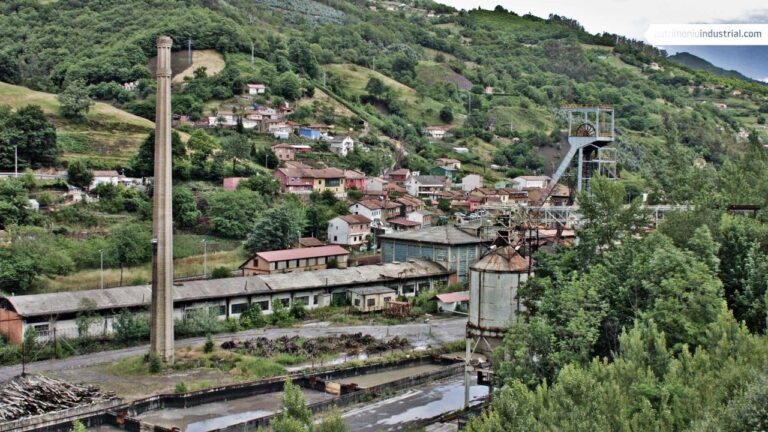
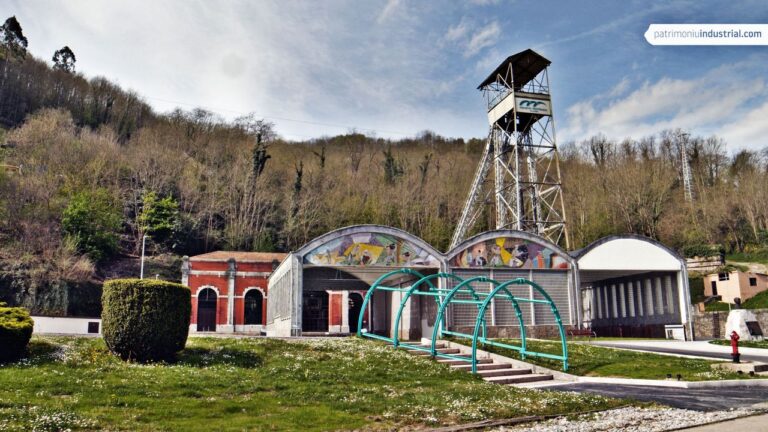
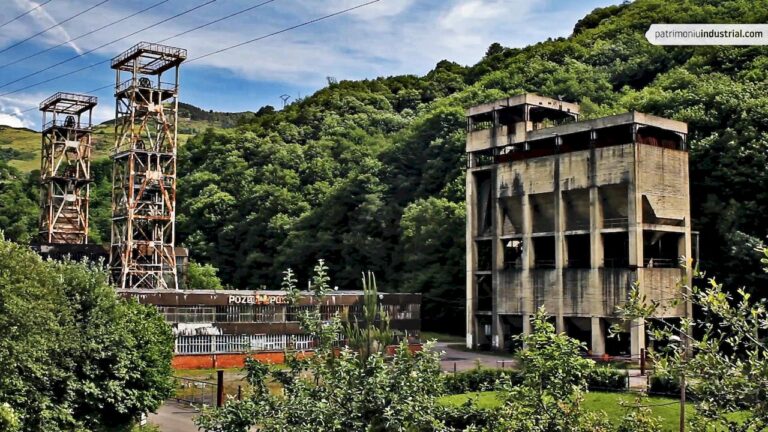

Recent Comments